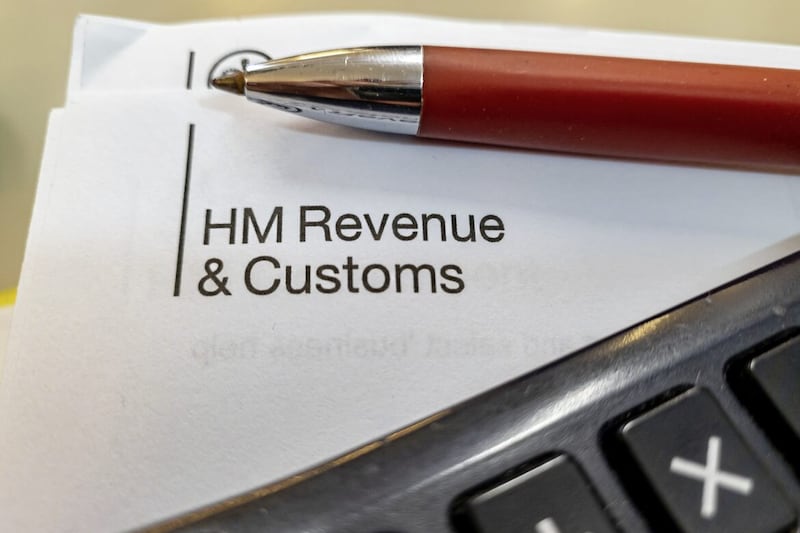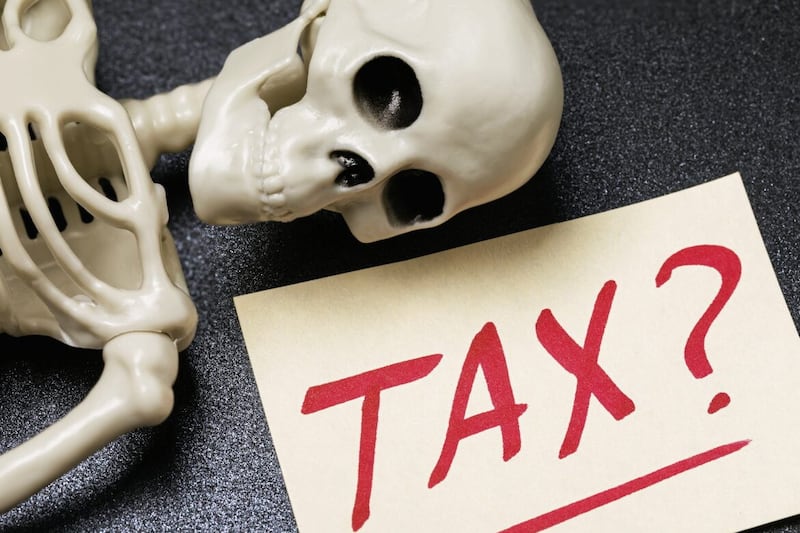QUESTION: I am a higher rate taxpayer and am disappointed with the net of tax return from my £100,000 of bank savings which is just 2 per cent after tax. Inflation is 10 per cent so my real return is -8 per cent. Are there any tax efficient investments that could enhance my return? I have been advised to invest in either EIS or SEIS investments.
ANSWER: The purpose of the Enterprise Investment Scheme (EIS) or Seed Enterprise Investment Scheme (SEIS) is to help certain types of small higher-risk unquoted trading companies to raise capital. The schemes provide income tax and CGT reliefs for investors who invest in qualifying shares in these companies and qualify for Inheritance tax relief once held for two years.
An investment of £100k into an EIS scheme will provide you with 30 per cent income tax relief provided that you have paid a total of £30k income tax in the current or previous tax year as all or part of an EIS/SEIS investment can be carried back into the previous tax year. In addition, if you have made a capital gain in the 3 years prior to the EIS/SEIS investment, then the CGT on that gain can be deferred until you sell the EIS/SEIS shares.
A major benefit of an EIS/ SEIS investment is that on the sale of the shares, there should be no charge to Capital Gains Tax, as long as the shares are held by the individual for at least three years and the income tax relief has not been withdrawn.
The final bit of potential tax relief on an EIS/SEIS investment is loss relief on the disposal of the shares either via a third-party sale or via a liquidation should the investment fail in part or completely.
If the investee company fails and the shares fall in value, the investor will obtain a qualifying capital loss arising on the disposal of the shares which can be set against other capital gains or taxable income. In computing the loss, it is necessary to reduce the cost of the shares by the amount of income tax relief given and not withdrawn.
If the company survives the three-year holding period then the original income tax relief (30 per cent) is not withdrawn, if it fails within three years then the amount of proceeds returned to the investor multiplied by 30 per cent is withdrawn as income tax relief. However, the overall loss on the shares less the income tax relief not withdrawn is also available as a qualifying loss to set against income in the year of the loss or the previous year.
What this all means to an investor in a doomsday situation where £100k is invested in EIS shares and the company goes into liquidation after three years with zero return to the shareholders is that they receive.
· Tax relief of £30k on the initial investment.
· Loss relief of (£100k- £30k) x 40 per cent (higher rate taxpayer) on liquidation
The income tax relief therefore is £58k therefore greatly de-risking the investment due to available tax relief. If you are investing £100k in EIS/SEIS, your financial adviser will typically advise on a portfolio investment of £20k into 5 companies or £25k into 4 companies rather the £100k into a single company as the portfolio approach greatly reduces the risk.
While the tax reliefs available to investors in EIS & SEIS companies are very generous, great care is required to avoid a future claw-back or withdrawal of the tax relief within the three-year investment period. Investors should also seek professional advice on the risk associated with investing in these types of shares.
:: Paddy Harty (p.harty@fpmaab.com) is private client tax partner at FPM Accountants Ltd (www.fpmaab.com). The advice in this column is specific to the facts surrounding the question posed. Neither the Irish News nor the contributors accept any liability for any direct or indirect loss arising from any reliance placed on replies.








